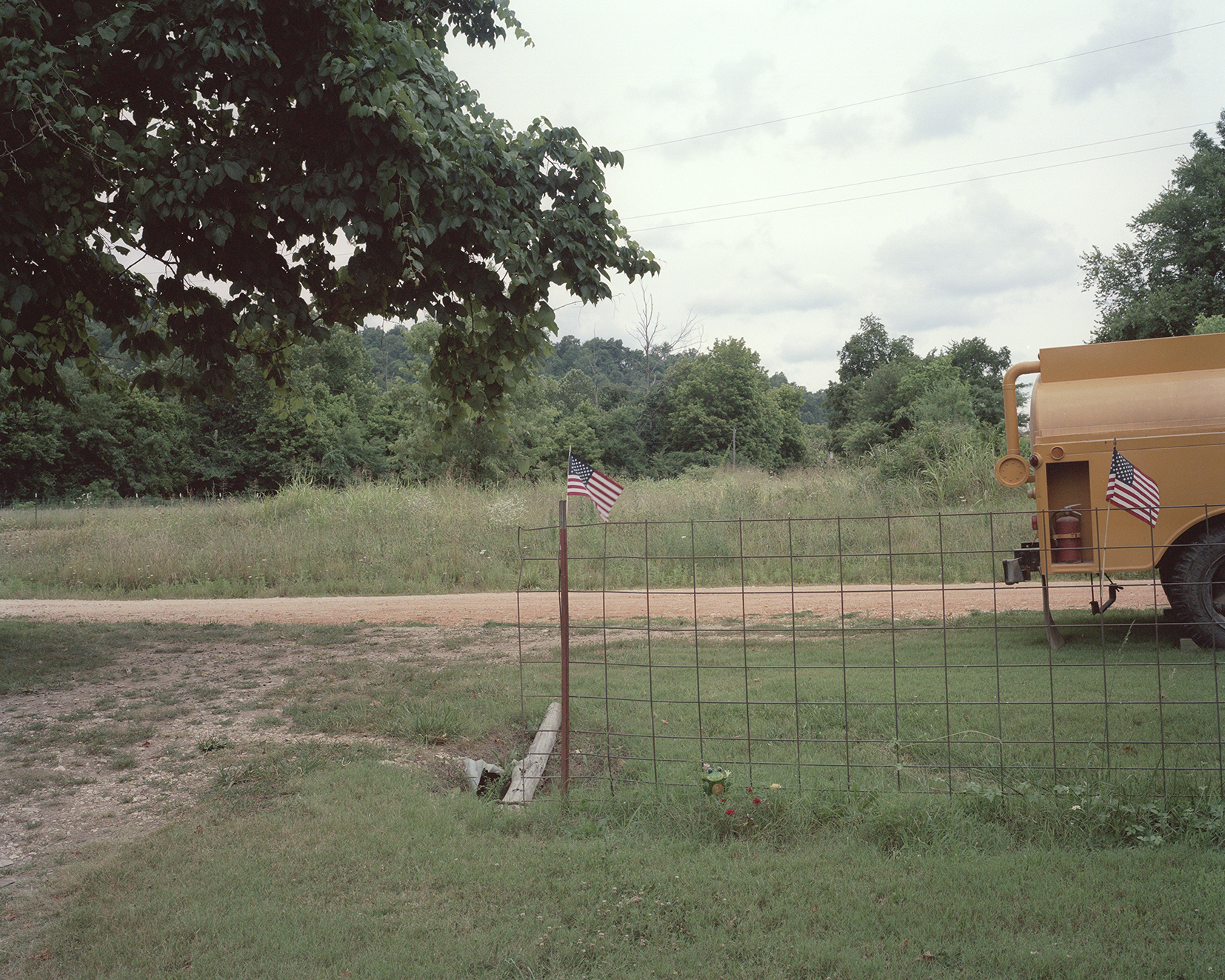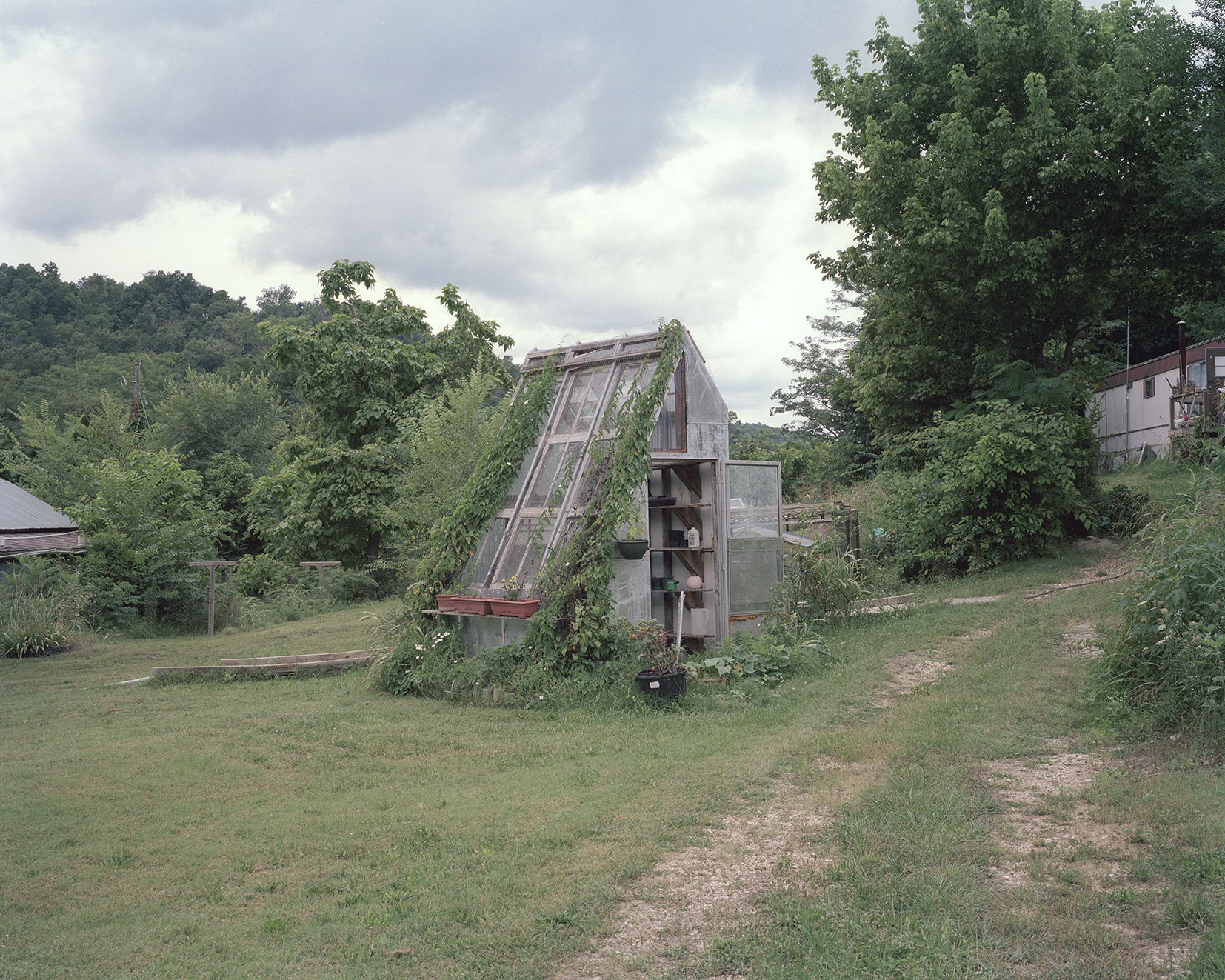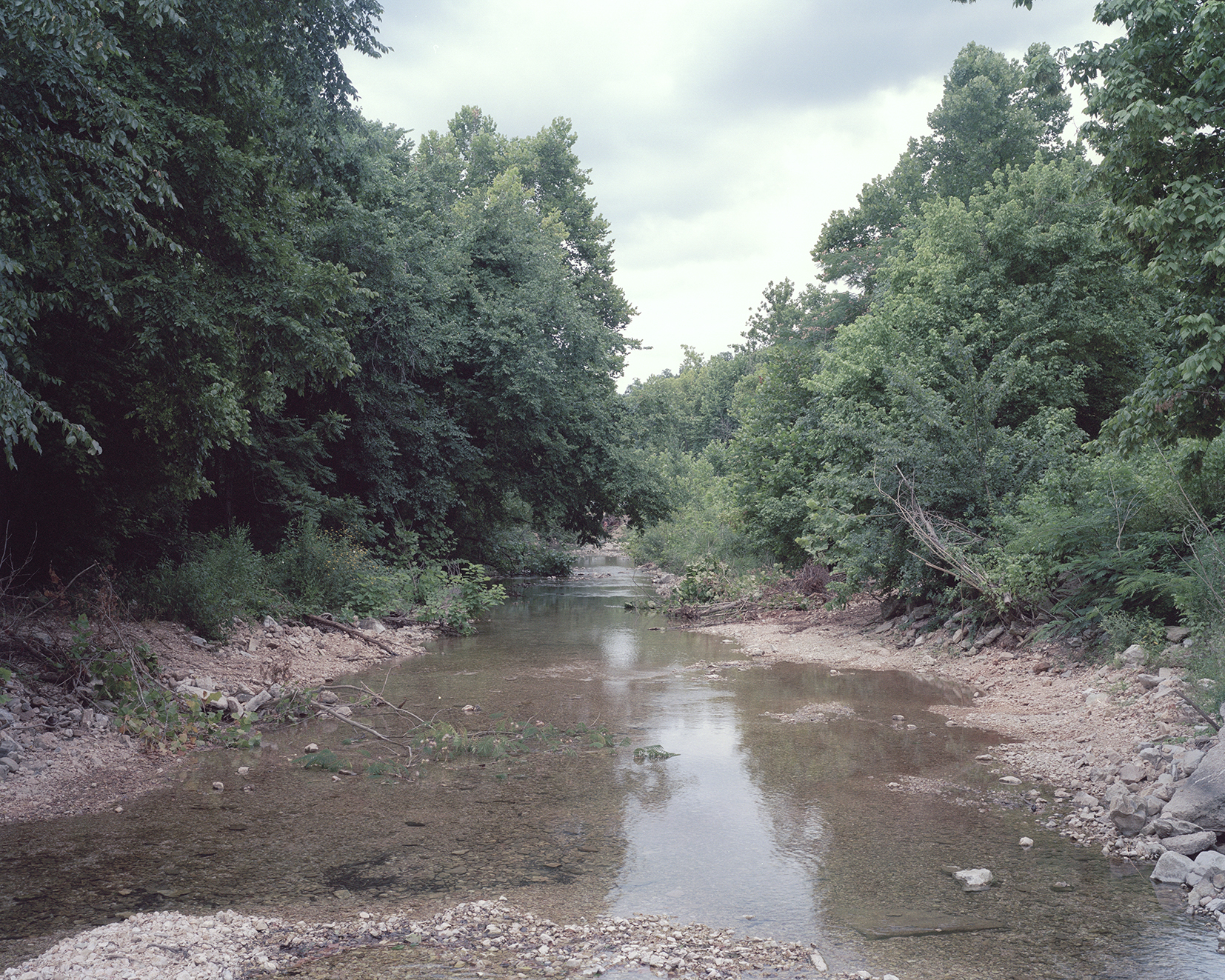Zinc
‘There is a race war against whites. But our people - my white brothers and sisters - will stay committed to a non-violent resolution’; Pastor Thomas Robb, the National Director of the Knights of the Ku Klux Klan and resident of Zinc, Arkansas. Of the four Klan groups currently active in Arkansas, Zinc’s Knights of the Ku Klux Klan is the largest and considered to be, according to Pastor Robb’s website - www.kkk.com - ‘the most active white rights organization in America’. Under the guidance of Robb, the Knights of the Ku Klux Klan are an active organization who sponsor annual events for its members and invite guests to a retreat in Zinc; last held in April 2014. The Klan help their promotion - via live internet stream - a weekly news show from Zinc on White Pride TV called 'This is the Klan'.
The Klu Klux Klan, or KKK, were ‘formed in the 1860s after the Civil War between the North and slave-owning South… until recently it had survived mainly in the Deep South’*. In December 1865, eight months after the Southern surrender during the American Civil War, a group of six young men living in the village of Pulaski near Nashville, Tennessee decided to relieve their boredom by organizing a social club. All were veterans of the Confederate Army and some had attended college where fraternities with three-letter - Greek-based names being popular at the time. In mock-imitation, they came up with the alliterative title Ku Klux Klan for their group, with meetings in secret and devoted to elaborate ceremonies. Members would disguise themselves with a costume made up of a sheet to cover their bodies, fanciful masks to hide their faces and pointed headgear that heightened their stature. Annette Witheridge - writing on behalf of the Daily Mirror in an article entitled 'Ku Klux Klan Back On Recruitment Drive' (April 12th 2014) - writes, ‘the last time the KKK - America’s first home-grown terror group - were so active was in the 1960s when churches were torched and civil rights activists murdered’. The Southern Poverty Law Centre, a civil rights watchdog, estimates the ‘number of hate groups have shot up from 149 in 2008 - the year Barack Obama became president and the economy crashed - to an all-time high of 1,360 in 2012’. Apart of the increased number of ‘hate groups’ are the Zinc-based Knights of the Ku Klux Klan.
Harrison, Arkansas is a small ‘ninety-five percent white city haunted by the ghosts of century-old race riots and a current day Klu Klux Klan’**; a compound that shares a postal code and links - via the Knights of the Ku Klux Klan - to Zinc. The mayor of Harrison Jeff Crockett, stated that residents are “finding people who transfer in here, even if they’re white they don’t want to raise their kids around that [Klan history]”3; such is the hard-to-die reputation of Harrison, Arkansas. Located fifteen miles from Harrison - via dirt roads - is Zinc; a village with a population of 103 people in 37 households (2010 census) and known locally by its nickname, Klan Kamp. Zinc hosts a summertime retreat in the Ozark Mountains where for $500 per camper, young and old can learn the fundamentals of the ‘HOLY mission of White Christian Revival’ and being the ‘New Crusade for race, faith and homeland’. The seven-day institute is the brainchild of the Knights Party leader and Pastor Robb, who has ‘brought together a roster of fellow white supremacists from down the road and across the sea to teach such subjects as America’s Changing Political climate’***.
The project Zinc considers the objectivity of a landscape of such a notorious location in rural Arkansas. The project reviews the local population of Zinc, including the habitat of Pastor Thomas Robb and the community that has stayed strong to the beliefs of the Klu Klux Klan. Using the strong tones of Kodak film, to associate itself with an American ideology, the work places an emphasis on the locality of the continuing resurgence of the KKK in an time of North America’s first non-white President. Influenced by the objectivity the work encompasses the same methodology of the photographers associated with Robert Adams and the New Topographics who stated that they did not ‘admire nor condemn’ the landscapes they created but instead make ‘quiet comments on the imperfections they observed’ (Adams, R.,1977. Denver: A Photographic Survey of the Metropolitan Area).
*Witheridge, A., 12th of April 2014. ‘The Ku Klux Klan Back on Recruitment Drive Fuelled by Hatred of Barack Obama and Decades of Racist Bile’ - Daily Mirror
**Knights of the KKK (http://www.splcenter.org/get-informed/intelligence-files/groups/knights-of-the-ku-klux-klan)
***Brantly, M., 21st of June 2013. 'Klan Kamp': Thomas Robb's training program for white supremacists in the Arkansas Ozarks - Arkansas Times







Ruby Wax meets the KKK